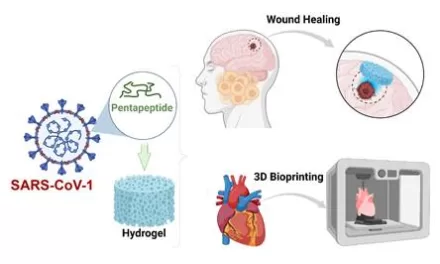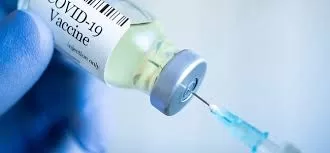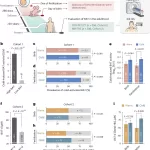In a significant breakthrough, researchers at the University of California San Diego School of Medicine have unlocked a potential avenue for treating type 2 diabetes without the unwanted side effects associated with conventional drugs. Their study, published in Nature Metabolism, sheds light on how Thiazolidinediones (TZDs), once hailed for their efficacy in reversing insulin resistance, can be reimagined for safer and more effective treatments.
TZDs, a class of drugs used to combat type 2 diabetes, fell out of favor due to side effects like weight gain and fluid retention. However, the team led by Jerrold Olefsky, M.D., has discovered a way to isolate the positive effects of TZDs while bypassing these drawbacks.
“Insulin resistance lies at the heart of type 2 diabetes, and for years, TZDs have been our main tool to combat it. Unfortunately, their side effects have limited their use,” explained Dr. Olefsky, a professor of medicine at UC San Diego Health Sciences. “Our study offers a promising alternative by harnessing the beneficial effects of TZDs without subjecting patients to their adverse consequences.”
The research focused on understanding how TZDs impact the exosome system, a network of tiny nanoparticles containing genetic material that play a role in regulating gene expression. In obese individuals, inflammation triggers the release of exosomes containing microRNAs, contributing to insulin resistance and metabolic dysfunction.
Using rosiglitazone, a type of TZD drug, the researchers observed improved insulin sensitivity in obese mice. However, these mice also experienced weight gain and fluid retention, common side effects of rosiglitazone. To circumvent this issue, the team isolated exosomes from the adipose tissue macrophages of treated mice and injected them into untreated obese mice.
Remarkably, the injected exosomes replicated the positive effects of rosiglitazone without transferring the negative side effects. “This suggests that we can harness the exosome system to enhance insulin sensitivity without the drawbacks of conventional drug therapy,” noted Dr. Olefsky.
Moreover, the researchers identified a specific microRNA, miR-690, within the exosomes responsible for the beneficial metabolic effects of rosiglitazone. This discovery opens the door to developing new therapies for type 2 diabetes that target miR-690.
“While administering exosomes directly may not be practical, understanding the molecular mechanisms underlying their effects enables us to develop drugs that mimic their actions,” explained Dr. Olefsky. “MicroRNAs, including miR-690, hold immense potential as therapeutic targets for type 2 diabetes.”
The study marks a significant stride toward safer and more effective treatments for type 2 diabetes, offering hope for millions worldwide grappling with the condition. As research continues, the prospect of harnessing the body’s own mechanisms to combat insulin resistance brings new promise to diabetes management.











